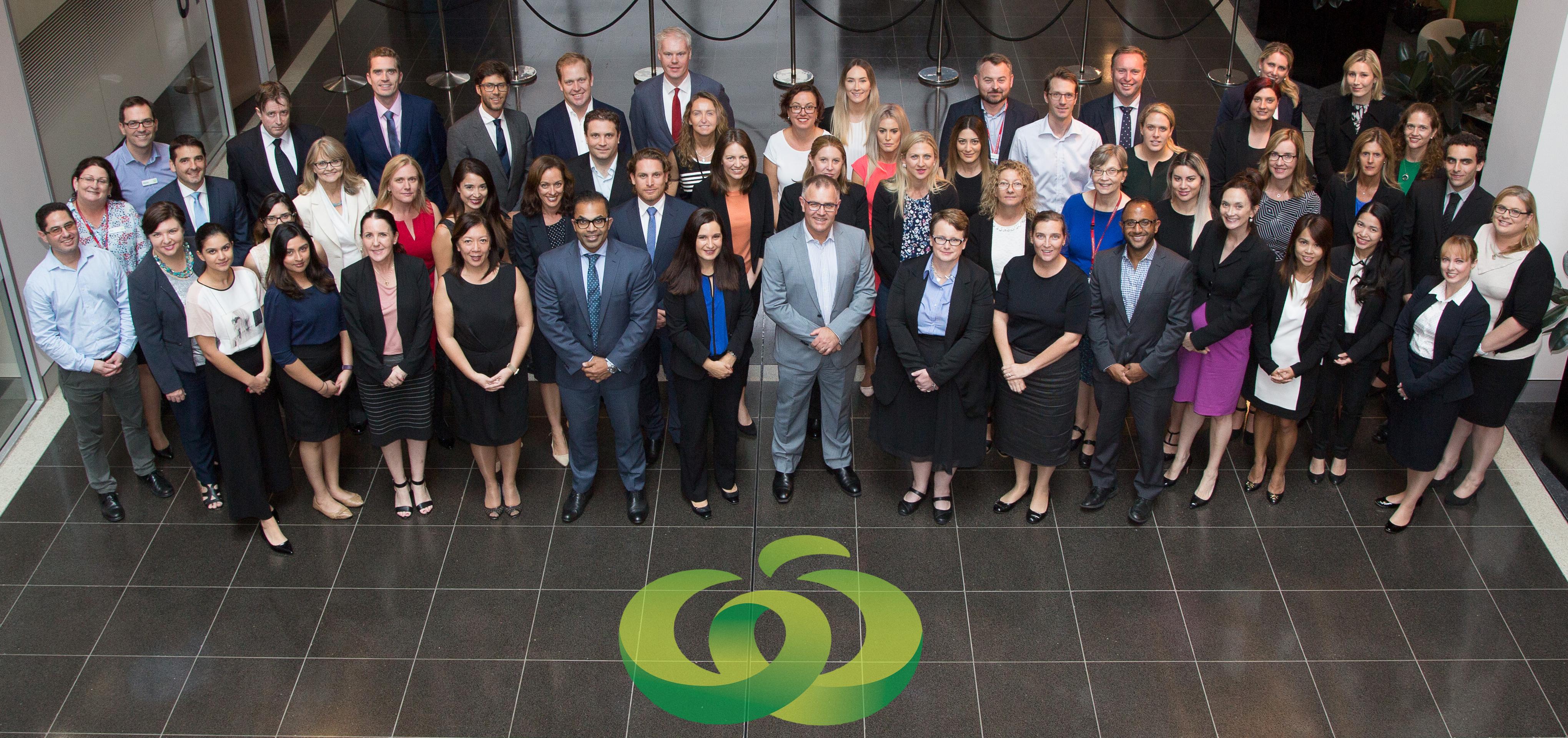Tackling the Drivers of Legal Costs
By Jennifer J. Salopek
When Richard Dammery was named Chief Legal Officer and Company Secretary at Woolworths Group in New South Wales, Australia, three years ago, the opportunity to effect positive change in this well-regarded company, one of the top 10 in Australia, was appealing. "I received a strong invitation from the CEO to look at Woolworths' legal services model and move into closer alignment with the business," Dammery says. "It was presented as a great opportunity, but it was also made clear that we needed to fund our own initiatives through cost reductions."
Dammery and his team enthusiastically embraced the mandate, and began working in 2014 on a multifaceted initiative to develop better automated systems, reporting, processes, and policies. Theresa Krebs joined the group as its first Senior Finance and Business Improvement Manager in 2015. She describes the former state: "There was incomplete visibility into legal spend. Anyone in the company could engage an outside law firm, and there was huge variation in rates. Recording and documentation systems were inadequate, resulting in a lack of understanding and control."
Woolworths' Team
The team began with two initiatives: "driver tree reporting" and system enhancements. Krebs retrieved all legal transactions from the general ledger going back two years and the team established a category architecture through matter type, subtype, and business area. The resulting legal spend reports included a detailed breakdown of costs. Important enhancements to the legal management system included mandatory budget fields to track external spend on each matter; warning messages when spend reaches 80 percent of budget; fields for capped fees and fixed fees that warn in-house lawyers when those fees are exceeded prior to invoice approval; and a vendor invoice upload function, which meant that data in the system was timely and accurate. Firms were required to invoice all outstanding WIP within a few days of each month end or risk non-payment under greed terms of engagement.
"We were looking retrospectively and forward at the same time," says Krebs. "The historical time series analysis led to an understanding of what we could bring in-house at sustainable lower costs." Much of this work fell under the purview of Group Counsels Nerilee Telford, who oversees Competition and Compliance, and Marty Gardner, who oversees Claims.
For product liability and workers' compensation claims, Woolworths previously worked with a panel of three to four firms in each state under high-volume fixed-fee arrangements. "It was a conveyor belt of litigation," says Gardner. "It was ripe to be brought completely in-house." The department subsequently brought 80 percent of that work inside, increasing headcount by five.
Telford's area, antitrust and consumer protection, was shown by the data analysis to be the second highest area of spend in the legal department, most of which was spent with a single outside firm. Believing that one must leverage competition to drive innovation and efficiency, Woolworths put the work out to tender.
"We wanted to work with firms that were willing to walk in our shoes, and we were very clear about what success looked like for us," Dammery says.
The resulting outside counsel relationships are guided by new terms requiring that every engagement have a fixed or capped fee or other alternative fee arrangement. ("We are very keen to encourage fee innovation," Dammery says.) Firms are asked for forecasts to enable budget predictability and fees are estimated up front. They must report on compliance with the terms of engagement twice a year.
Continuing to evaluate opportunities to bring work in-house, Telford's internal antitrust team was built up to three. Overall, internal headcount for the entire Legal Services Group rose by 13 FTEs over a period of two years, which significantly contributed to reducing external legal spend—a total of AUS$29 million, or 41 percent. Woolworths legal spend as a percentage of total company revenue is below industry benchmarks across multiple measures. The overall legal budget was reduced by 28 percent in 2016.
These cost reductions were achieved without any compromise to the quality and timeliness of legal advice, with a key objective being to develop Woolworths' in-house legal capability and ensure expertise and knowledge was retained in the company. A central feature of this new operating model was the drive to promote better collaboration/partnering with clients and also outside legal firms.
"What we are most proud of is the coherent, integrated system that our team and the external firms have bought into, that generates very timely information and enables us to take action very quickly," says Dammery. "But we still think there are plenty of opportunities to do things better."
